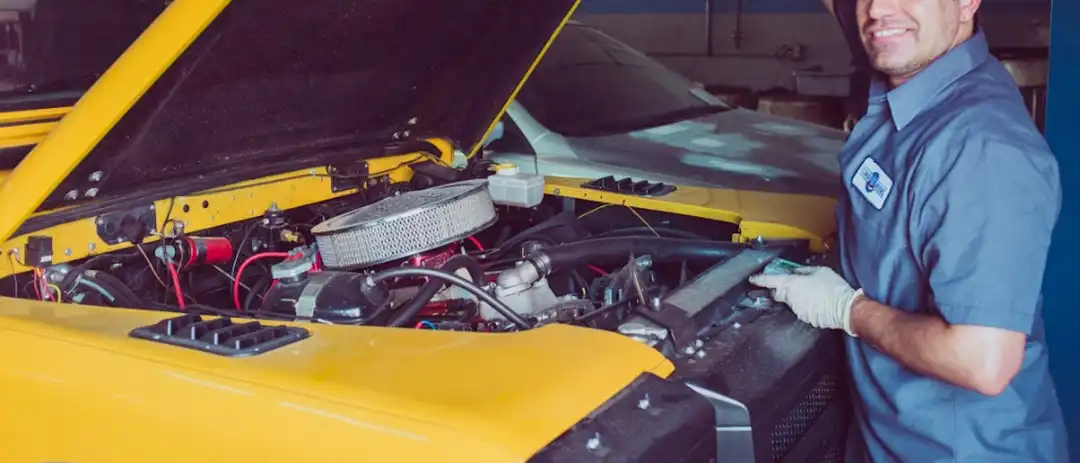- Arabic
- French
- Russian
- Spanish
- Portuguese
- Turkish
- Armenian
- English
- Albanian
- Amharic
- Azerbaijani
- Basque
- Belarusian
- Bengali
- Bosnian
- Bulgarian
- Catalan
- Cebuano
- Corsican
- Croatian
- Czech
- Danish
- Dutch
- Afrikaans
- Esperanto
- Estonian
- Finnish
- Frisian
- Galician
- Georgian
- German
- Greek
- Gujarati
- Haitian Creole
- hausa
- hawaiian
- Hebrew
- Hindi
- Miao
- Hungarian
- Icelandic
- igbo
- Indonesian
- irish
- Italian
- Japanese
- Javanese
- Kannada
- kazakh
- Khmer
- Rwandese
- Korean
- Kurdish
- Kyrgyz
- Lao
- Latin
- Latvian
- Lithuanian
- Luxembourgish
- Macedonian
- Malgashi
- Malay
- Malayalam
- Maltese
- Maori
- Marathi
- Mongolian
- Myanmar
- Nepali
- Norwegian
- Norwegian
- Occitan
- Pashto
- Persian
- Polish
- Punjabi
- Romanian
- Samoan
- Scottish Gaelic
- Serbian
- Sesotho
- Shona
- Sindhi
- Sinhala
- Slovak
- Slovenian
- Somali
- Sundanese
- Swahili
- Swedish
- Tagalog
- Tajik
- Tamil
- Tatar
- Telugu
- Thai
- Turkmen
- Ukrainian
- Urdu
- Uighur
- Uzbek
- Vietnamese
- Welsh
- Bantu
- Yiddish
- Yoruba
- Zulu
நவ் . 18, 2024 00:10 Back to list
timing belt tool
Understanding Timing Belt Tools Essential Equipment for Engine Maintenance
In the world of automotive maintenance, the timing belt is one of the most critical components of an engine. It plays a crucial role in synchronizing the rotation of the crankshaft and camshaft, ensuring that engine valves open and close at the correct times during each cylinder's intake and exhaust strokes. To keep this vital part functional and to prevent costly engine damage, mechanics rely heavily on timing belt tools. In this article, we will explore the importance of timing belt tools, their types, and how to effectively use them for maintenance.
The Importance of Timing Belt Maintenance
The timing belt typically has a lifespan ranging from 60,000 to 100,000 miles, depending on the vehicle manufacturer’s recommendations. Neglecting to replace a worn or damaged timing belt can lead to severe engine problems, including bent valves, engine misfires, or complete engine failure. Regular inspections are essential to ensure that the timing belt is in good condition, and this is where timing belt tools come into play.
Types of Timing Belt Tools
Timing belt tools come in various shapes and sizes, each designed to assist with different aspects of timing belt installation and maintenance
. Here are some common types1. Timing Belt Tensioners These tools are essential for maintaining the appropriate tension on the timing belt. A properly tensioned belt prevents slippage, which can lead to inaccurate timing and engine damage. Timing belt tensioners are available in manual and automatic versions, each serving to keep the timing belt tight during operation.
2. Camshaft and Crankshaft Locking Tools These tools are designed to hold the camshaft and crankshaft in place while the timing belt is being replaced. Locking tools are critical to ensuring that these components do not move out of alignment, which could lead to significant problems when reassembling the engine.
3. Timing Belt Tools Kits Many mechanics opt for complete timing belt tool kits that provide all the necessary tools in one package. These kits often include tensioning tools, locking tools, and other specialized tools to streamline the timing belt replacement process.
4. Belt Alignment Tools These tools help to ensure that the timing belt is correctly aligned with the pulleys and other components. Proper alignment is vital to prevent excessive wear and tear on the belt and related parts, enhancing the longevity of the engine.
5. Timing Mark Tools These tools assist mechanics in marking timing positions accurately when performing timing belt replacements. Clear markings help prevent misalignment that could lead to engine performance issues.
timing belt tool

Using Timing Belt Tools Effectively
When utilizing timing belt tools, it's essential to follow a systematic approach to ensure a successful job
1. Preparation Before beginning the timing belt replacement, gather all necessary tools and equipment. Familiarize yourself with the engine layout, and consult the manufacturer’s service manual for specific instructions.
2. Removal of Components Carefully remove any components obstructing access to the timing belt. This may include covers, pulleys, and other engine parts. Ensure to document the disassembly process to aid reassembly.
3. Locking Positions Use the camshaft and crankshaft locking tools to secure these components in their correct positions. This step is crucial for preventing accidental rotation during the belt replacement.
4. Belt Replacement Once the old timing belt is removed, install the new belt according to the manufacturer’s specifications. Use timing alignment tools to ensure that the belt is properly positioned.
5. Tensioning the Belt Once the timing belt is installed, utilize the timing belt tensioner to achieve the correct tension. This step is critical to the optimal performance of the engine.
6. Reassembly and Testing After everything is securely in place, reassemble any components that were removed. Start the engine and listen for any unusual noises, indicating that further adjustments might be necessary.
Conclusion
Timing belt tools are indispensable for anyone involved in automotive maintenance. They not only facilitate the replacement process but also ensure that the timing system of the engine functions correctly. Investing in quality timing belt tools and understanding their proper usage can save vehicle owners from significant repair costs in the long run. By prioritizing regular maintenance and utilizing the right tools, mechanics can keep vehicles running smoothly and efficiently for many miles to come.
-
Korean Auto Parts Timing Belt 24312-37500 For Hyundai/Kia
NewsMar.07,2025
-
7PK2300 90916-T2024 RIBBED BELT POLY V BELT PK BELT
NewsMar.07,2025
-
Chinese Auto Belt Factory 310-2M-22 For BMW/Mercedes-Benz
NewsMar.07,2025
-
Chinese Auto Belt Factory 310-2M-22 For BMW/Mercedes-Benz
NewsMar.07,2025
-
90916-02660 PK Belt 6PK1680 For Toyota
NewsMar.07,2025
-
drive belt serpentine belt
NewsMar.07,2025

